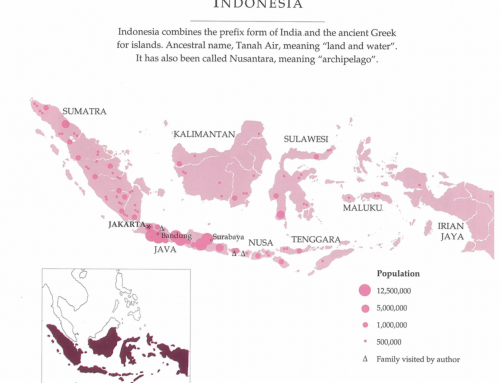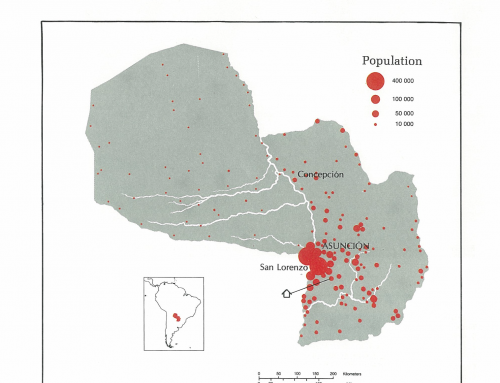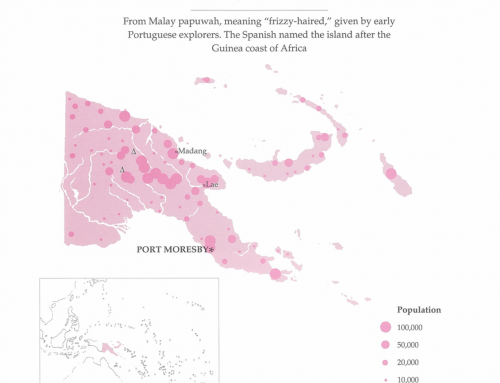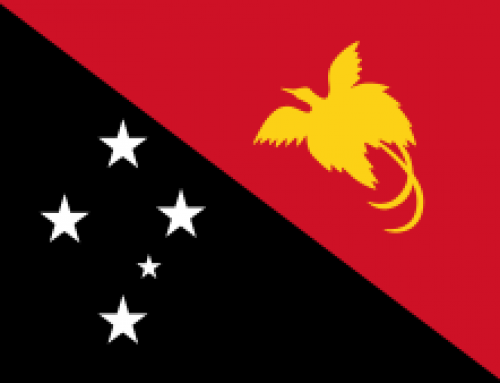GEOGRAPHY
The largest archipelago in the world, consisting of five main and over 13,667 smaller islands and islets, 6,000 of which are inhabited, forming a rough crescent between the Pacific and the Indian Ocean. The majority of islands are covered by thickly forested, rugged volcanic mountains, with a 100 active volcanoes.
Max. altitude: 5,030 m. (16,503 ft.) (Puncak Jaya)
Climate: Equatorial. The elimate changes every six months, rainy season and dry season. Weather greatly influenced by the mountains and the sea. High humidity; moderately high temperatures inland, higher along the coast.
Then
Area: 1,826,442 sq. km. (705,190 sq. mi.)
Density: 103 pers./sq. km. (266 pers./sq. mi.) (1993)
Arable land: 9% (1989-90)
Forest: 63% (1989-90)
CAPITAL: Jakarta, pop. 10,900,000 (1991)
Now
HISTORY
Archaeological evidence of Australopithecine man 1.9 million years ago, and Homo erectus 400,000 to 600,000 years ago.
40,000 B.C.: Evidence of Homosapiens, resembling present-day inhabitants of New Guinea and Aboriginal Australia.
3000-5000 B.C.: Migrations of subMongoloid people from Asia.
100s B.C.: Commercial relations with China begin; Hindu and Buddhist cultural influence from India; period of Hindu kingdoms, ruled by indigenous rajahs, lasts to 1400s AD.
600s-1200s: Buddhist kingdom of Sri vi jaya flourishes in much of Indonesia.
1200s-1400s: Javanese Hindu Majapahit kingdom dominates the region, with dependencies as far as present-day North Viet-Nam and the Philippines.
1292: Visit by Marco Polo, first European to reach Indonesia.
1300s-1500s: Islam is brought to Sumatra by Gujarati and Persian traders and spreads to most of Indonesia.
1511: Portuguese arrive in the Moluccas in pursuit of the spice trade, followed by the Spanish, Dutch and British.
1602: Dutch East India Company establishes a monopoly of the spice trade, leading to colonial control over Java, Sumatra and the Moluccas. Indonesia is known as the Dutch East Indies until WWII.
1825-30: Prince Diponegoro of Java leads long, bloody guerrilla war, one of many revolts against Dutch colonialism.
1906, 1908: People of Bali launch suicidal charges against the Dutch fortifications.
1908: Indonesian leaders unify against Dutch colonialism in the Indonesian national movement for independence.
1927: Indonesia Nationalist Party (PNI) emerges under the leadership of Sukarno.
1942-45: Japanese occupation drives Dutch off the islands.
1945: Sukarno and Mohammad Hatta declare independence for Indonesia. Four years of fierce fighting follow.
1949: UN adopts ceasefire resolution; The Netherlands recognizes the sovereignty of Indonesia
Dec. 27, 1949: Proclamation of independent Federal Republic of Indonesia.
1945-65: Sukarno struggles to unify the country and stabilize the economy. Communist Party (PKI) gains influence; attempts a coup, which is thwarted by the army under General Suharto. Chaos follows, with widespread massacres of alleged Communists; an estimated 750,000 are killed.
1968: National Assembly elects Suharto president.
1973: The political parties are forced to merge into two groups, Islamic and non-Muslim. The Suharto regime remains heavily influenced by the armed forces.
1976: Indonesia invades East Timor after the Portuguese withdraw and East Timorese resistance movement is born.
1978: Student riots result in a ban on newspapers and repression of student political activity.
1988: General Suharto re-elected for a fifth term as President and appoints a civilian as Vice-President for the first time.




